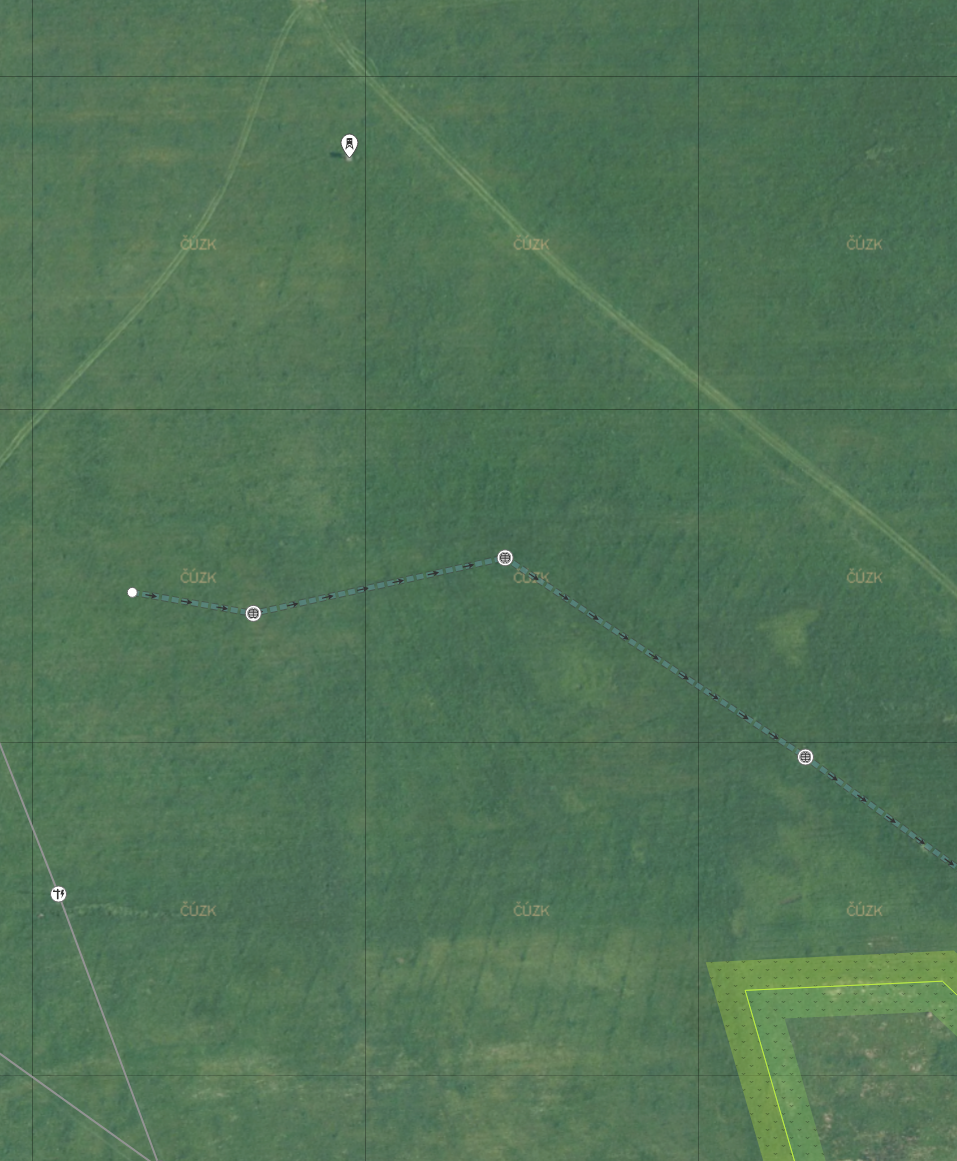The Community Bonding Period officially wrapped up on June 1, and the coding phase is already off to a solid start.
During CBP, we successfully migrated the legacy 3DMR repo from GitLab to the new official GitHub repo. This cleanup made collaboration and discussions way easier. I also dove into pygltflib to handle glTF files, experimented with the obj2gltf converter.
I spent a good chunk of time mapping with the iD and JOSM editors, focusing on features from my home village. It’s oddly satisfying to see buildings you’ve walked past for years show up as polygons and tags. I plan to keep adding more local features whenever time allows. I experimented rendering both my mapped data and some iconic Indian landmarks using OSM2World, let’s just say it made my village look unexpectedly fancy.
With coding underway, my first priority was building out the test suite. The project didn’t have one before, which would’ve made every upgrade feel like defusing a bomb in the dark. I’ve opened a PR for it, currently under review. While working on this, I found a few minor bugs lurking quietly in the codebase for years, filed them, fixed them, and thankfully had those PRs merged.
The Django 5.2 upgrade is nearly done and is clinging on my forked repo as i am writting this… Most dependency updates and refactoring are complete. Now I’m exploring edge cases, making sure nothing’s hiding in the shadows ready to throw a 500 error when nobody’s looking. Once the test suite merges, we’ll be in a much safer spot to modernize the stack.
On the personal side: I’m a long-distance runner and have been using summer break to improve my endurance. I run 5 to 7 kilometers daily, a good counterbalance to all the screen time, long debugging sessions, and occasional existential dread that come with working through old code 🙃. I also have a few books lined up, both fiction and non-fiction, hoping to get through them—unless I get distracted again.







